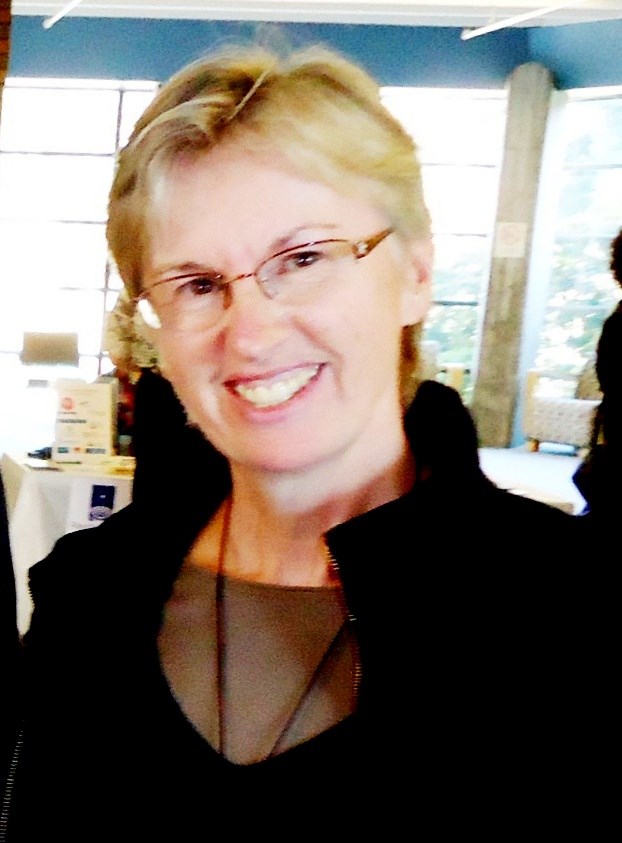From our 12th-storey window overlooking the Salish Sea, I can see the communities nestled along the West Shore, across the snowy peaks of Washington to the south and over to Trial Island in the east. As I sit working, weather systems often form and move in, temporarily smothering the coast in fog or rain before moving on again.
Current affairs often remind me of that shifting scene, with worldviews like competing weather systems on the horizon, some darker than others. And although I don’t believe in evil as an entity, ignorance is a fearsome cousin whose effect is less than benign.
It’s easy to get caught up in the celestial theatre of such philosophies. Immense clouds reverberating with thunder smother all birdsong, footstep, subtlety, nuance. Our attention is riveted; nature’s power induces a sort of awed paralysis.
When I look away at the neighbouring expanse of blue, I wonder if it can even be called a weather system. Its peacefulness reads as absence. Our survival instinct invariably draws us to the reigning furor next door.
The dominant worldview has no qualms about power and sees no alternative to combat. Regardless of any innocent intent, it’s given us enormous stockpiles of nuclear weapons, invasive intelligence agencies, burgeoning military budgets and millions of displaced persons desperate to find a safe haven.
Lacking a positive vision, we seem to default toward the past. We design new weapons based on old wars. We plan the future based on past mistakes. But clearly the wisdom of heeding history carries the caveat that its dimly lit passages are difficult to interpret.
Present politics and culture are heavy with dystopian futures extrapolated from past errors and potential tragedies. But where are the visionaries who can touch our imaginations and awaken a desire to create a better world?
One such visionary was Mirza Husayn Ali, known as Bahá’u’lláh, a gentle soul rewarded with exile and long imprisonment for his peaceful message. “Let your vision be world-embracing”, he saidbefore the modern age had even begun, when he walked the streets of Tehran, Baghdad, Adrianople, Akka. This year, 2017, marks the 200th anniversary of his birth.
His teachings revolve around the sun of world unity, echoing and expanding upon the eternal virtues of other philosophies and faiths. The greatest need of the present age, said Bahá’u’lláh, is to see all of humanity as one. We can then build a stable future, rising above our differences, embracing and valuing diversity.
It’s a vision that stands in sharp contrast to these dark days. It calls us to a higher plane, asking us to gain enough altitude to be able to see the patterns and connect the dots of all our cultures and faiths in one cohesive picture.
The Great Peace towards which people of goodwill throughout the centuries have inclined their hearts, of which seers and poets for countless generations have expressed their vision, and for which from age to age the sacred scriptures of mankind have constantly held the promise, is now at long last within the reach of the nations. For the first time in history it is possible for everyone to view the entire planet, with all its myriad diversified peoples, in one perspective. World peace is not only possible but inevitable.
An unclouded blue sky can hurt the eyes at first. If you look you can see a future that’s compassionate, cooperative, transparent, values-based, rights-based, democratic.
That’s a lot of light.
I’m looking out the window and thinking it’s a weather system worth rooting for.
 Sheila Flood practices the Bahá'í Faith and is Secretary of the Victoria Multifaith Society.
Sheila Flood practices the Bahá'í Faith and is Secretary of the Victoria Multifaith Society.
You can read more articles from our interfaith blog, Spiritually Speaking HERE


